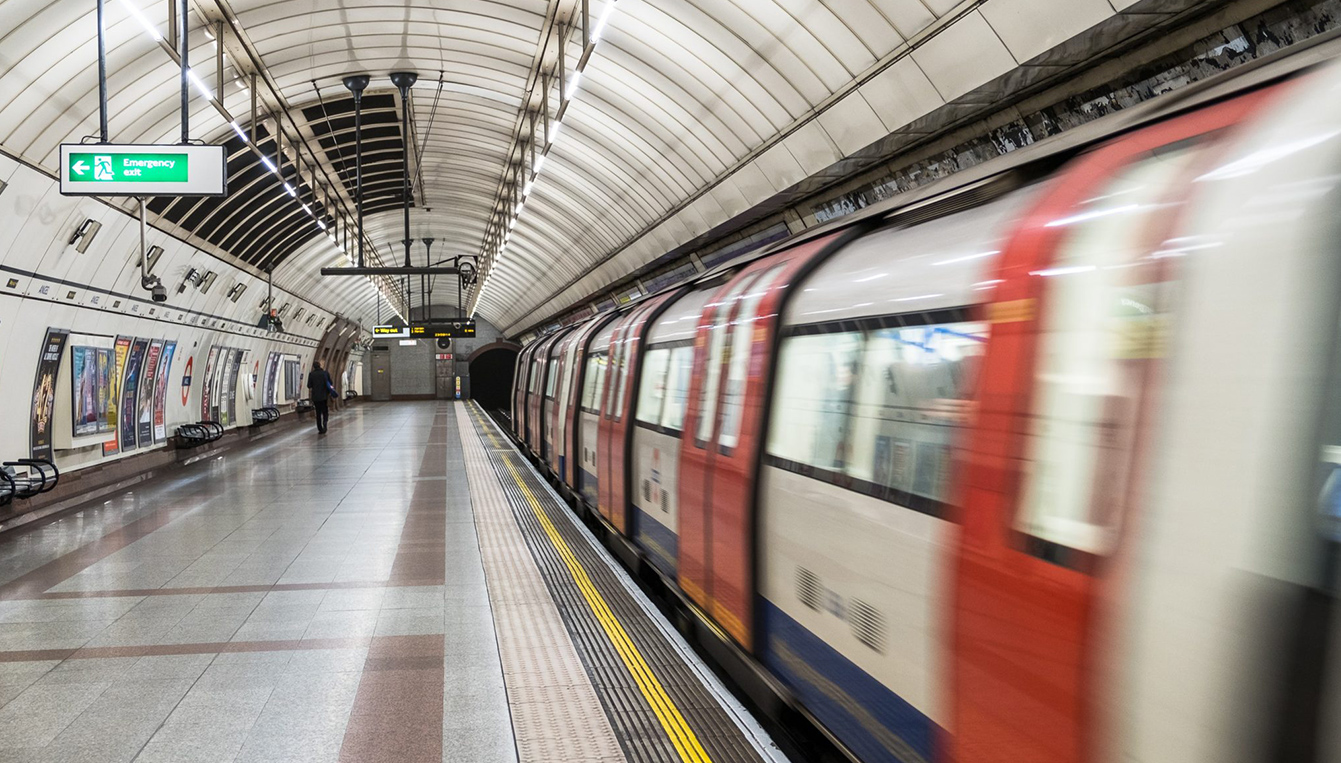Jeffrey A. Zapfe
Higher Education | Market Principal
Principal

If you have ever been in a building in a city with an underground subway like Boston or New York, you have probably heard a low-frequency rumble noise when a train passes by. What causes that and what can be done about it?
There are two ways that a passing train can produce sound in a nearby building. The first, known as airborne sound, is the sound that arrives directly through the air. For an above-ground system, this is essentially the sound that a person would hear standing next to the tracks. Because of the considerable sound attenuation provided by soil cover, trains in tunnels do not generally produce appreciable levels of airborne sound. (Vent shafts and other openings are notable exceptions where airborne sound in a tunnel can escape to the surface.)
The other means of sound transmission is known as structure-borne sound which is a result of the ground vibrations produced by the passing train. The contact forces at the wheel/rail interface induce vibrations in the track which then travel through the ground to nearby buildings. Once inside the building structure, the vibrations set floor, wall and ceiling elements into motion. These vibrating surfaces then radiate sound much like giant loudspeakers. Interestingly, you don’t need to be able to feel the vibrations to be able to hear them.
So what can be done to reduce these vibrations? Generally, the best thing that can be done is to treat the source. Essentially, the train tracks get supported by something resilient. There are many flavors of resilient track support ranging from rubber and neoprene pads to large concrete blocks supported by steel springs. The primary challenge in implementing source control is it requires the involvement of the transit agency. At the design stage, this is far more likely than it is for a system that has been in operation for a number of years. But even so it is possible and there are instances where a transit agency has treated existing tracks to reduce vibration and noise in the community.
Vibration control can also be done at the receiver. Here, the building, or portions of it are built on top of resilient pads. This can be done either at the foundation or at individual column bases. Again, this is usually done at the design stage. After a building is constructed it is very difficult to implement building isolation. A number of buildings in the Bulfinch Triangle section of Boston are supported resiliently to control noise from the MBTA Orange Line and Green Line near North Station.